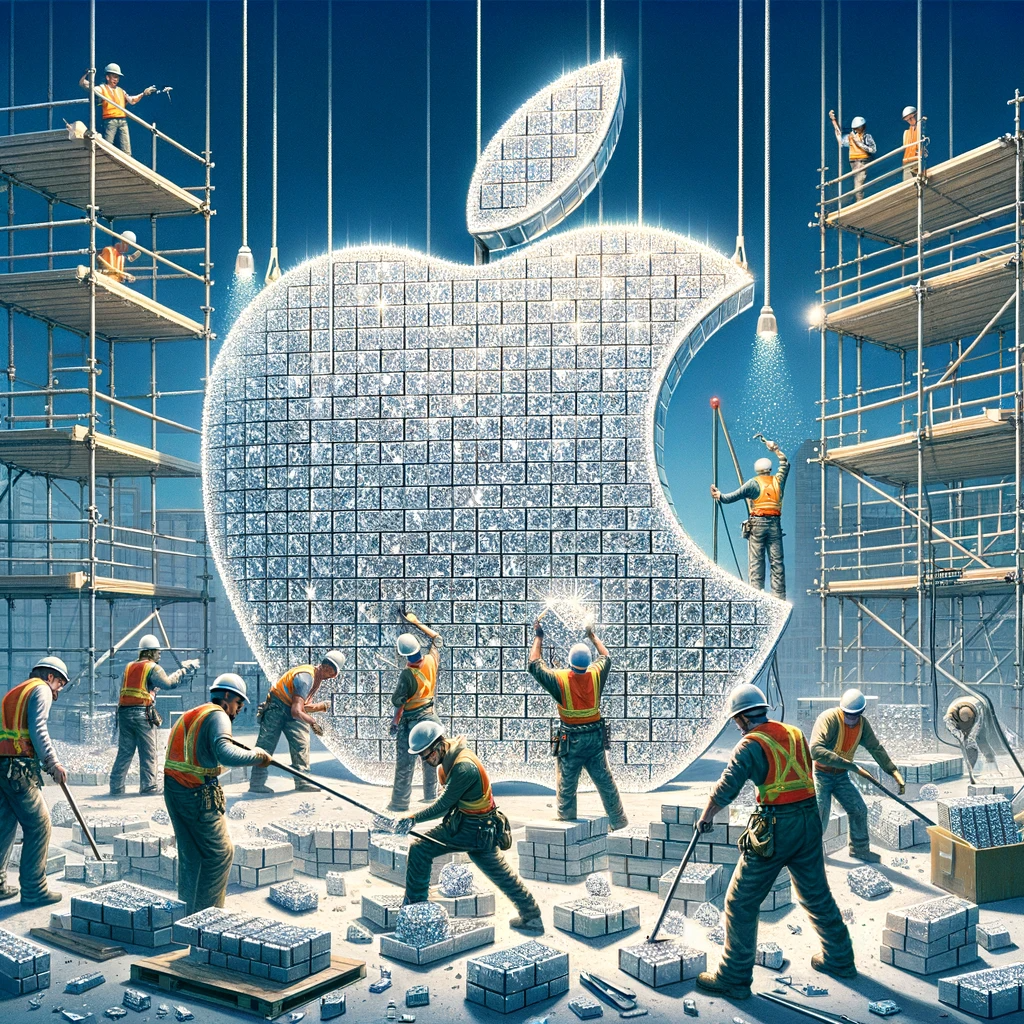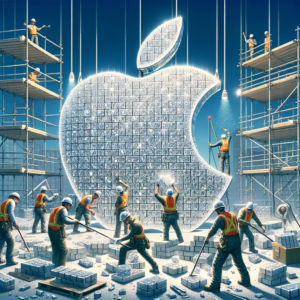UX isn’t just for “big” companies with large budgets… it helps build them. Whether you’re evaluating the cost/benefit of “splurging” on UX, or you want to evangelize UX within your company, here are just a few noteworthy cases to support your mission.
“Intuit”
While Quicken is a household name today, it had 46 direct competitors the day that it launched, most of which had 3x as many features. In fact, its founders very intentionally built it with limited functionality. No, it wasn’t delusions of grandeur that gave its founders their confidence. It was a market observation and the simple theory that people hated the time suck that was financial management more than they valued expansive capabilities. While other companies were distracted with keeping up with the Joneses, Quicken focused narrowly on improving people’s experiences. And it worked. By offering a very “Intuit”ive design, Quicken disrupted an industry.
“Airbnb”
Airbnb is a great example of why UX can’t be left out of even an MVP. The real estate renting company’s business model, based inherently on not owning a single property, was downright Einstein-level genius. So why in 2009 was its revenue flatlining at $200 per week and $25k in the hole? According to founder Joe Gebbia, it was due to a lack of prioritizing usability. Today, he credits a shift in focus on user experience with what transformed the failing app company into one with an over 30 billion dollar evaluation. (Great article documenting this is: https://firstround.com/review/How-design-thinking-transformed-Airbnb-from-failing-startup-to-billion-dollar-business/)
“Amazon”
Unlike Airbnb, who had to learn the value of UX the hard way, Jeff Bezos knew that getting the initial UX right was going to be key to their success. He repeatedly claims he invested 100x more resources into customer experience than he did advertising.
“Apple”
Steve Jobs took an existing product and expanded its market beyond what anyone thought was possible. He started by not viewing computers as tools only experts could operate and only companies could benefit from. Instead, he envisioned an alternate future where there was a computer in every household. On a shoestring budget, Apple made the entire industry of personal computing possible by making point of entry more accessible via usability.
“Google”
Did you know that Google was user testing long before they published even a single line of code? In their earliest of research studies, conductors put the proposed home page in front of users giving limited instruction. Surprisingly, most of the participants just sat there staring at the screen. Finally, the researchers began to ask, “what uh…. what are you doing?” “Waiting for the rest of the page to load of course!” Google’s simplicity appears to have been refreshingly ahead of its time. Today, much of their patterning has become the web standard.
But the value of UX goes beyond success stories. Consistently having a well thought out and complete design results in 50% more accurate estimates of cost and build time. It also saves 50% of overall development time. After launch, 25% less UI-related rework is needed. Recently, a poll of 300 executives revealed that 93% believed improving user experience is a top strategic priority. If even 70% of your competitors are prioritizing it and you aren’t, you are guaranteed to be left behind. Fortunately, even just a ten percent investment in UX can produce an 83% return.





